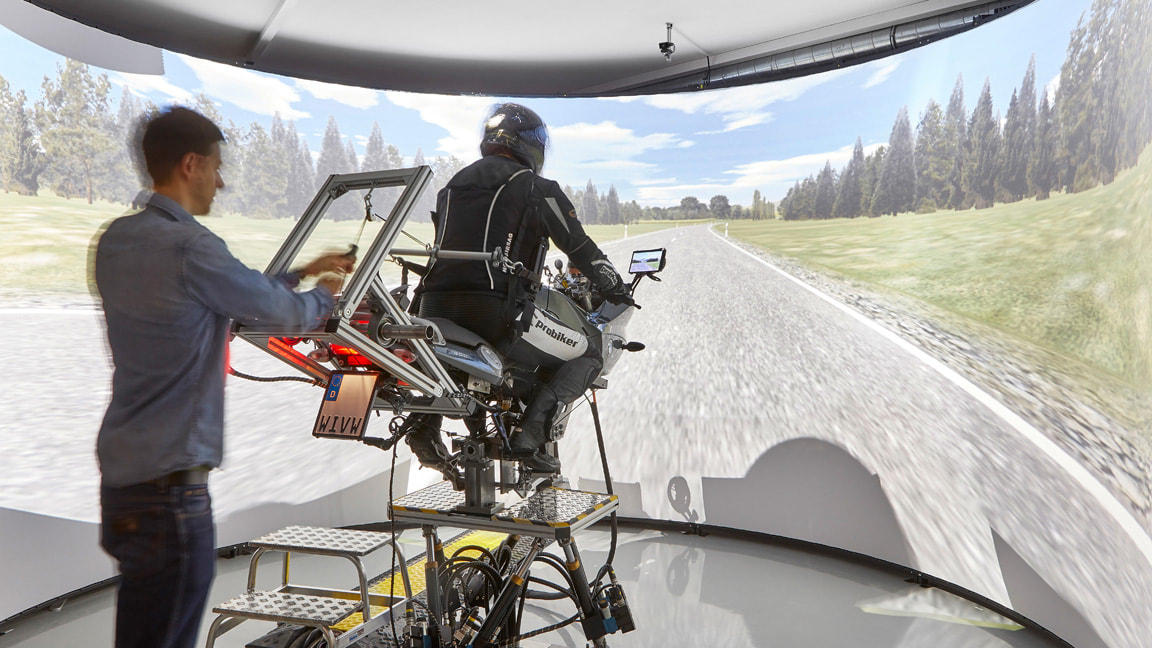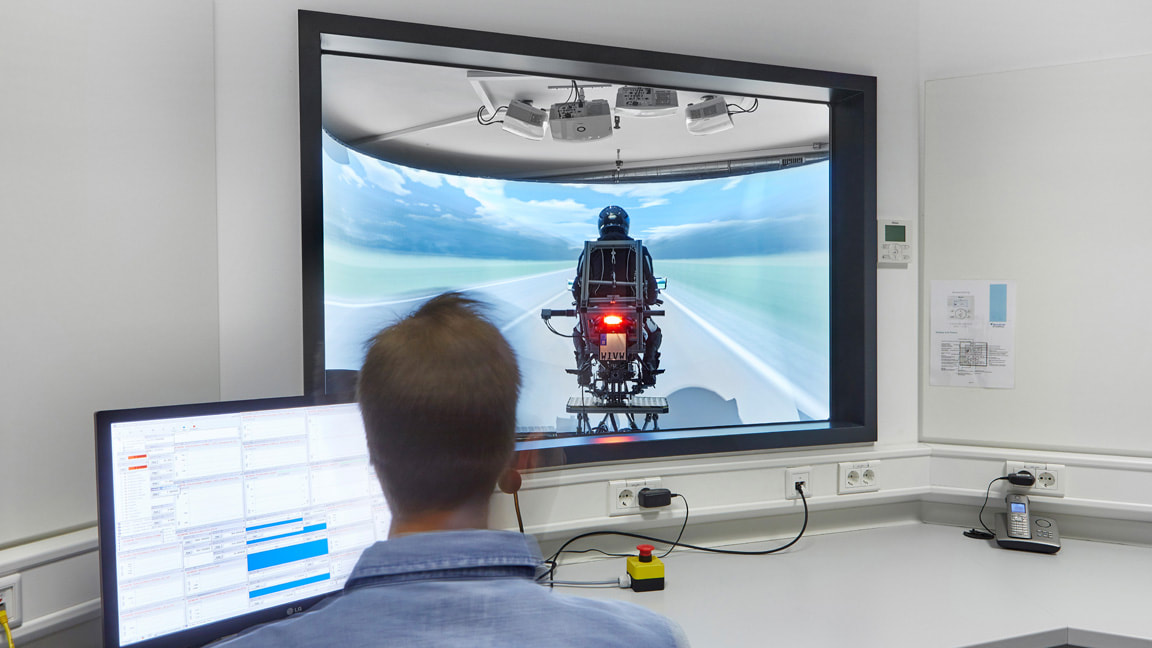|
A first empirical study regarding PTW rider reaction times towards a visual warning has been published by CMC. The results are remarkable: In comparison to driver reaction times in passenger car studies, more missed warnings were observed, reaction times seem longer and reaction time distributions seem wider. Background C-ITS systems that warn the motorcycle rider of an upcoming danger only work if the rider is interpreting the warning correctly and reacts accordingly. So far however, there is little knowledge about how long a rider reaction towards a warning takes. What has been investigated The whitepaper describes a dynamic motorcycle riding simulator study by CMC, which investigated motorcycle riders’ reaction times towards a warning on the dashboard. The dashboard warning was a generic visual warning which can act as a benchmark to improve upon in the future. Reactions in an urban and a rural scenario were tested. These did not include imminent crash warnings, but advisory warnings with 3 seconds between warning onset and the potentially critical situation becoming visible. Usability
The results of this study can be used in the following ways: 1.To better estimate for which C-ITS scenarios, running on a PTW, a purely visual warning could be appropriate, and for which ones not. 2. To act as a benchmark: Any OEM’s individual HMI warning solution should result in faster reaction times and less missed warnings in this test setup than the ‘conservative’ rider notification assessed in this study. 3. To clarify to which extent results from passenger car research are applicable to the PTW domain and to serve as an input for rider behaviour models in simulations which are e.g., necessary to estimate the effectiveness of various (C-ITS) safety applications. The following interesting outcomes could be observed • In 16.7% of cases, the purely visual warning was not recognized at all. • Among the other cases, the average time between onset of the notification and gaze towards the dashboard was about 1 second already. • The average time between notification onset and ‘throttle off’ was about 2 seconds. • The average time between notification onset and ‘initiate braking’ was about 2.5 seconds. • The mentioned reaction times were shorter in the urban scenario compared to the rural one, where the situation was perceived as less critical. Favourable evaluation among participants Another interesting observation could be that, in the more time-critical urban scenario, all riders who had seen the warning, initiated braking before the obstacle became visible. In combination with the favourable evaluation of the test riders after the experiment, this shows a good potential for the safety benefit of C-ITS applications. The whitepaper is available for download here |
Archives
May 2024
|
COPYRIGHT 2024 Connected Motorcycle ConsortiumContact Us |
|



 RSS Feed
RSS Feed